
Call us FREE 0808 2394 989
Opening Hours - Office open, we'll close at 8:00pm

Call us FREE 0808 2394 989
Opening Hours - Office open, we'll close at 8:00pm
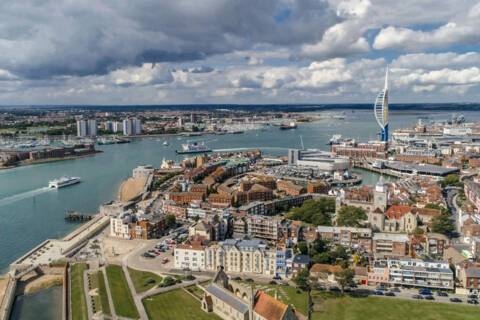
Portsmouth is a port city and naval base on England’s south coast, mostly spread across Portsea Island. It’s known for its maritime heritage and Portsmouth Historic Dockyard. The dockyard is home to the interactive National Museum of the Royal Navy, the wooden warship HMS Victory, where Nelson died in the Battle of Trafalgar, and HMS Warrior 1860. The Tudor ship Mary Rose is also conserved in a dockyard museum.
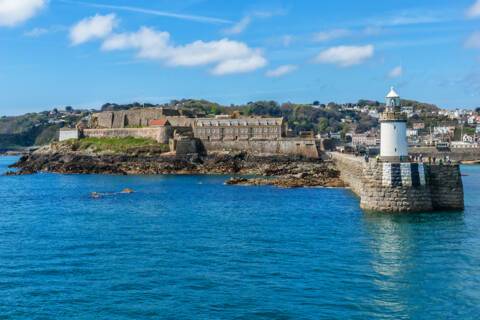
Twenty-five square mile (40 sq km) Guernsey is the second largest of the Channel Islands, which lie in the English Channel west of the Cherbourg peninsula. Along with its sister island of Jersey, Guernsey has been a part of Britain since 1066, though retaining a culture entirely of its own.
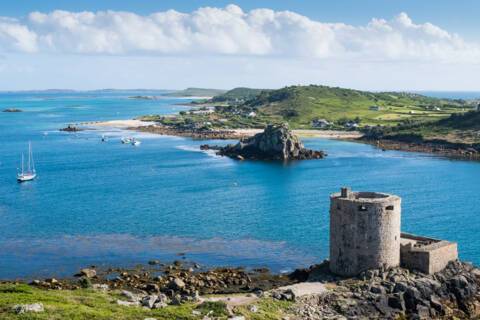
For many visitors Tresco is the most attractive of the Isles of Scilly. This is especially due to its Abbey Garden, which is home to thousands of exotic plant species from around 80 different countries. Plant collector Augustus Smith began the gardens in the 1830s on the site of an old Benedictine Abbey by channelling the weather up and over a network of walled enclosures built around the Priory ruins. He had three terraces carved from the rocky south slope and maximised Tresco’s mild Gulf Stream climate. View less Even in mid-winter there still are hundreds of plants flowering here. Another surprising attraction at the Abbey Garden is the collection of figureheads from ships that wrecked among the Isles of Scilly.
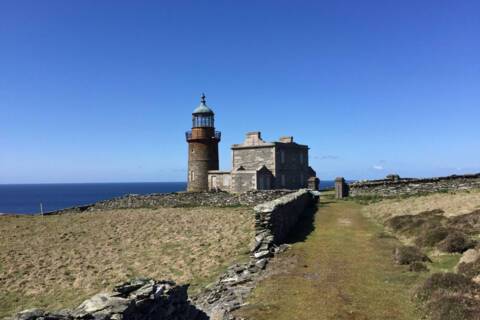
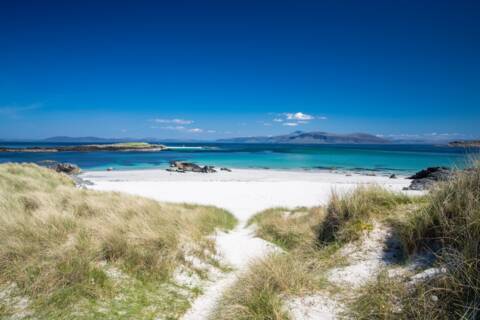
If tiny islands that resonate with peace and tranquillity are your idea of travel heaven, then welcome to Iona. Almost 200 miles east of Edinburgh, set in Scotland’s Inner Hebrides, this magical island has a spiritual reputation that precedes it. And luckily, more than lives up to. The island is miniscule. Just three miles long and only one and a half miles wide, this is not a place that hums with urban attractions. View less 120 people call Iona home (this number rises significantly if the gull, tern and Kittiwake population is added), although residential numbers do go up (to a whopping 175) in summer. The beautiful coastline is lapped by the gulf stream and gives the island a warm climate with sandy beaches that look more Mediterranean than Scottish! Add to that a green field landscape that is just beautiful, and you’ll find that Iona is a place that stays with you long after you leave. Iona’s main attraction is of course its abbey. Built in 563 by Saint Columbia and his monks, the abbey is the reason why Iona is called the cradle of Christianity. Not only is the abbey (today an ecumenical church) one of the best – if not the best – example of ecclesiastical architecture dating from the Middle Ages, but it also serves as an important site of spiritual pilgrimage. St. Martin’s Cross, a 9th century Celtic cross that stands outside the abbey, is considered as the finest example of Celtic crosses in the British Isles. Rèilig Odhrain, or the cemetery, allegedly contains the remains of many Scottish kings.
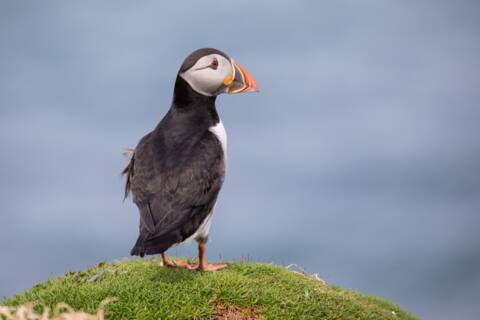
The stunning Isle of Lunga is the largest island in the Treshnish archipelago. With volcanic origin the isle was populated until the 19th Century, and remains of black houses can be seen around this magnificent coastal jewel. Abundant plant life and exotic birdlife are now the main inhabitants of the area. Fortunate visitors view the magnificent array of birds, especially the great puffins that breed on the islands plateau. One can sit within just a few feet away without disturbing the avian ambassador’s peace. View less The 81 hectare island is home to many rare and endangered plants such as, primroses and orchids. Views over the landscape and across the ocean can be seen from the 300 foot high cliffs.
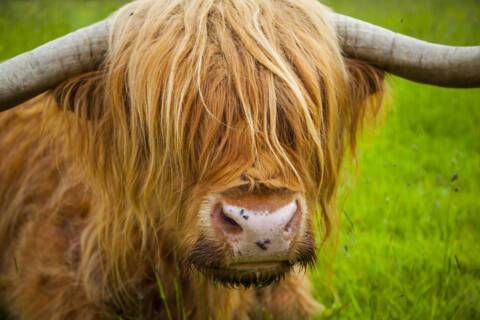
Flanked by the UK’s tallest mountain on one side and Loch Linnae on the other, Fort William – or “Bill” to the locals – is what you imagine when it comes to Scottish Highland towns. Verdant moors stretch as far as the eye can see, pastel painted houses front the water and it is not unusual to see pipers in kilts on street corners. But while Fort William may play to certain critics’ idea of a cliché, the pretty town goes far beyond tartan cushions and wee drams of Scotch (although there is a fair amount of this too!). Fort William has everything you could possibly want while in the Highlands. The High Street has plenty to keep you occupied with its good range of shops, cafes and restaurants - a lunch of locally caught seafood or the iconic haggis, neeps and tatties is a must. Because of its privileged location sitting in the shadow of the mighty Ben Nevis (standing a proud 1,345 metres high) outdoor enthusiasts are especially well catered for. Unsurprisingly so, as Fort William is considered the UK’s outdoor capital. But it’s not all high adrenaline sports. Certainly, those who want to climb up a rock or hurtle down white water rapids will find their nirvana, but if gentle fishing, a quiet county walk or curling up in cosy pubs warmed by an open fire are more your glass of whiskey then you’re catered for. The West Highland Museum in the centre of the town is excellent, while St Andrew's Church, towards the north end of the main street, has a very attractive interior. Also well worth a look is St Mary's Catholic Church, on Belford Road, and no visit should be considered complete without a look at the Old Fort, almost invisible to passing traffic. Add a wildlife cruise amid stunning scenery and the steam train that took Harry to Hogwarts and you can easily spend a day in this lovely port.
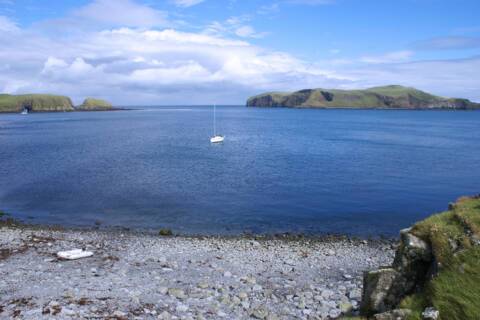
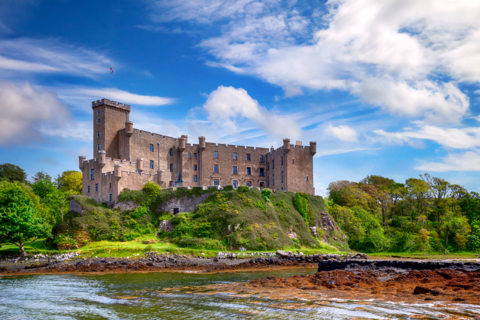
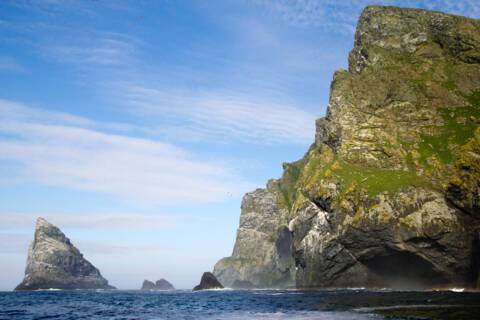
Gloriously remote, St. Kilda is an archipelago 50 miles off the Isle of Harris. Although the four islands are uninhabited by humans, thousands of seas birds call these craggy cliffs home, clinging to the sheer faces as if by magic. Not only is St. Kilda home to the UK’s largest colony of Atlantic Puffin (almost 1 million), but also the world largest colony Gannets nests on Boreray island and its sea stacks. View less The islands also home decedents of the world’s original Soay sheep as well as having a breed of eponymously named mice. The extremely rare St. Kilda wren unsurprisingly hails from St. Kilda, so birders should visit with notebook, binoculars and camera to hand. While endemic animal species is rife on the island, St. Kilda has not been peopled since 1930 after the last inhabitants voted that human life was unsustainable. However, permanent habitation had been possible in the Medieval Ages, and a vast National Trust for Scotland project to restore the dwellings is currently being undertaken. The islands even enjoyed a status as being an ideal holiday destination in the 19th century. Today, the only humans living on the islands are passionate history, science and conservation scholars. One of the caretakers even acts as shopkeeper and postmaster for any visitors who might like to send a postcard home from St. Kilda. It should be noted that St. Kilda is the UKs only (and just one of 39 in the world) dual World Heritage status from UNESCO in recognition of its Natural Heritage and cultural significance.
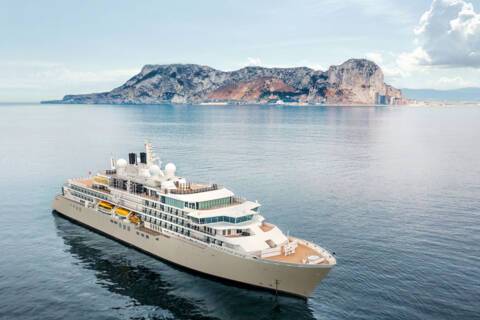
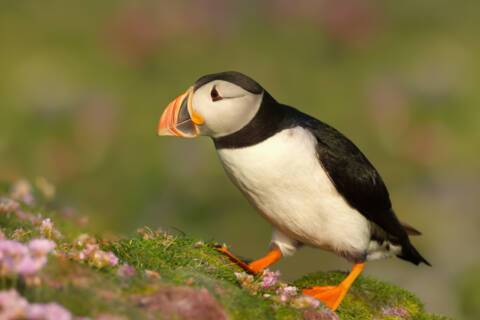
Lying mid-way between Shetland and the Orkney islands, Fair Isle is a tiny jewel in the sea. Famous for birds, knitwear and historic shipwrecks, the island offers a warm and friendly welcome to visitors. With a population of only around 70 people this island is truly a beautiful setting and is one of Britain’s most successful communities. View the cloudy light turquoise water as it drifts out to sea beneath the breath-taking Sheep Rock, rising over 100 metres, which is almost an isle of its own.
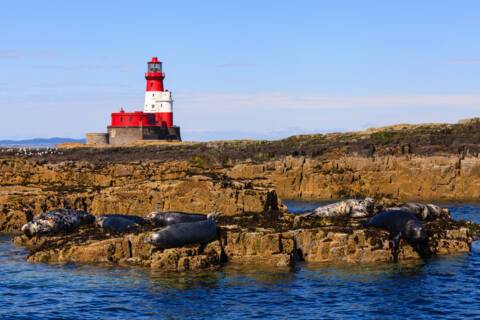
His favourite place in the UK to see nature at its best, is how David Attenborough described the Farne Islands. The scatter of small islands begins 2.4 kilometres (1.5 miles) off the Northumberland Coast. The islands are dolerite which formed from liquid rock cooling underground. Softer overlying rock has eroded to leave hard rounded columns and fissured dolerite cliffs. The treeless landscape makes viewing of the island wildlife and history easy, even from a boat. The Farnes are cared for by the National Trust.

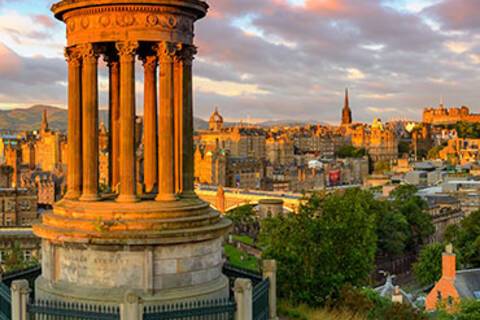
Leith, Edinburgh's vibrant port district, is a captivating blend of historical charm and modern vibrancy.
View prices as:
Your current viewing preference is:
Per Person Pricing
* Prices shown are per person, based on two adults sharing a twin cabin and include all cruise offer discounts and savings.

LOADING
| Deck | Price | Enquire | |
| GS | Deck 7 | Enquire now |
| Deck | Price | Enquire | |
| OS | Deck 7 | Enquire now |
| Deck | Price | Enquire | |
| SL | Deck 6 | Enquire now |
| Deck | Price | Enquire | |
| CV | Deck 5 | Enquire now |
| Deck | Price | Enquire | |
| DX | Deck 6 | Enquire now |
| Deck | Price | Enquire | |
| PV | Deck 6 | Enquire now |
| Deck | Price | Enquire | |
| SV | Deck 6 | Enquire now |
| Deck | Price | Enquire | |
| MS | Deck 8 | Enquire now |
| Deck | Price | Enquire | |
| SS | Deck 8 | Enquire now |

Yes, all Silversea ships are equipped to offer Wi-Fi access.
At Silversea, the comfort, enjoyment and safety of all guests is paramount. Most areas onboard are non-smoking and, as a safety precaution, smoking is not permitted in guest accommodations. However, smoking is permitted in the Connoisseur’s Corner and in specifically designated areas.
Yes, guests can take alcohol on their Silversea cruise. There are no limitations.
Gratuities are included in the price of your Silversea cruise.
The currency used onboard Silversea is US Dollars.
Shipboard attire ranges from casual to formal. Casual wear is appropriate for daytime aboard the ship or ashore and consists of standard sports outfits as worn at 5-star resorts. Evening attire falls into 3 categories; casual, informal and formal.
Shore excursions are available to book in advance via My Silversea until 2 days prior to sailing.
M&S Gift Card is based on one per booking, for UK mainland addresses only when booking an Oceanview or above by 8pm 23rd December 2024. The amount is tiered on cabin grade booked.
The offer - new bookings only made between 4th December 2024 and 8pm 28th February 2025, savings amount is based on 2 people sharing and is from £1,200pp, savings will be added to your booking and the savings amount will vary between £1,200pp to £2,000pp.
View ROL Cruise Payment Methods HERE